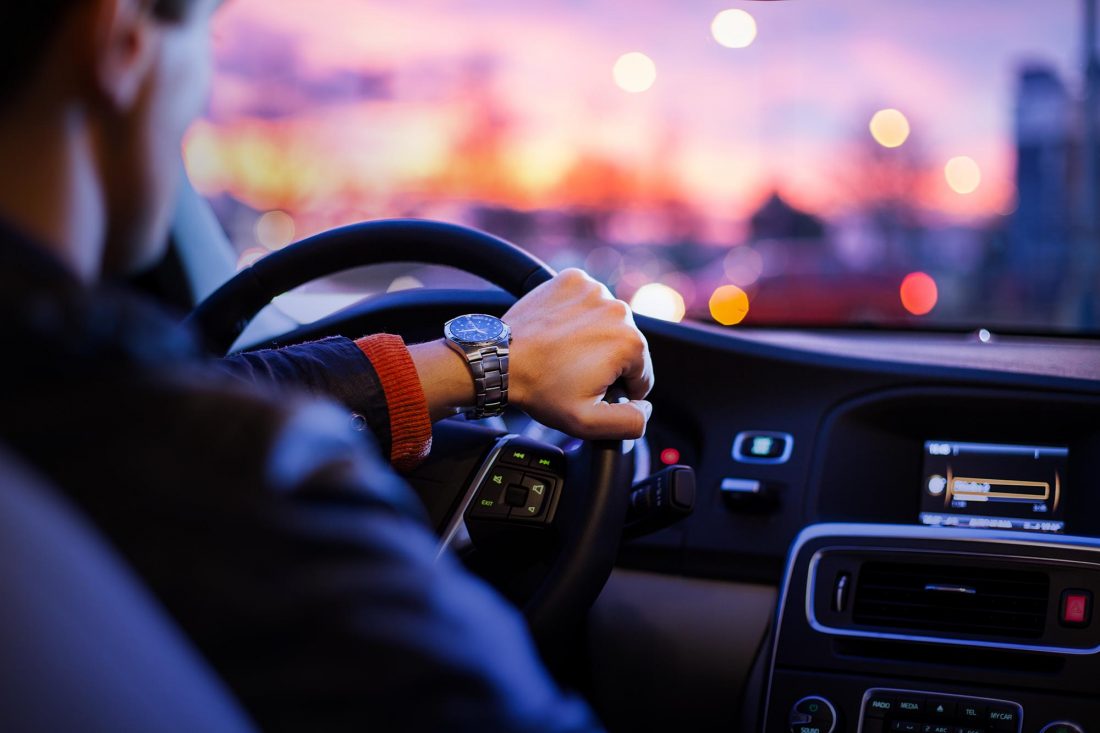In May, Aite group, a global research firm, presented their report, Driving Analytics: Ridesharing Drivers Are Safer Than Average American Drivers. The report used data collected by Zendrive (a driving analytics provider), to analyze ridesharing drivers’ behaviors and provide recommendations for insurers. Aite also interviewed seven major U.S. insurance carriers to learn what they would need to better understand the risk incurred by rideshare drivers.
Aite found that on average, consumers are safer catching an Uber or a Lyft or letting their children use a HopSkipDrive than they are actually getting behind the wheel of a car themselves.
Despite recent actions by the Insurance Industry to foster state legislation and endorsements to personal auto policies, minimal data is available to insurers on the drivers’ risk profile of rideshare drivers.
The study was conducted on 1 million trips made by 12,000 drivers over 15 million miles from June to August 2015. The study was countrywide with most of the trips originating from urban areas. Data collected from the two groups (rideshare drivers vs. average drivers) was on a per trip basis as rideshare drivers may travel many more miles per day therefore possibly increasing their likelihood of an accident.
Key Findings:
- The study revealed that TNC drivers were less “risky” than the average U.S driver, based on the factors of caution, control and focus.
- TNC drivers are also less likely to speed than regular drivers. Aite found that 41% of the trips taken by average drivers involved speeding, as compared to only 30% of trips taken by rideshare drivers.
- Rideshare drivers spent less time fumbling for their cell phones than average drivers, despite having to use them for their jobs.
- Average drivers performed slightly better when it came to braking, but it is believed that rideshare drivers are most likely more concerned about potential collisions, and are therefore more likely to hit their brakes faster in dangerous situations.
- TNC and average drivers performed similarly when it came to acceleration, with an average of six aggressive accelerations per every 100 miles driven.
In conclusion, Aite recommended that insurers reach out to TNC drivers to provide them with safety tips on how to protect themselves. Aite group partner and insurance research director Gwenn Bezard stated, “Insurers with a negative bias toward ridesharing may actually reconsider and favor policyholders that engage in ridesharing to the extent that participating in such activity may contribute to making them better drivers.”






